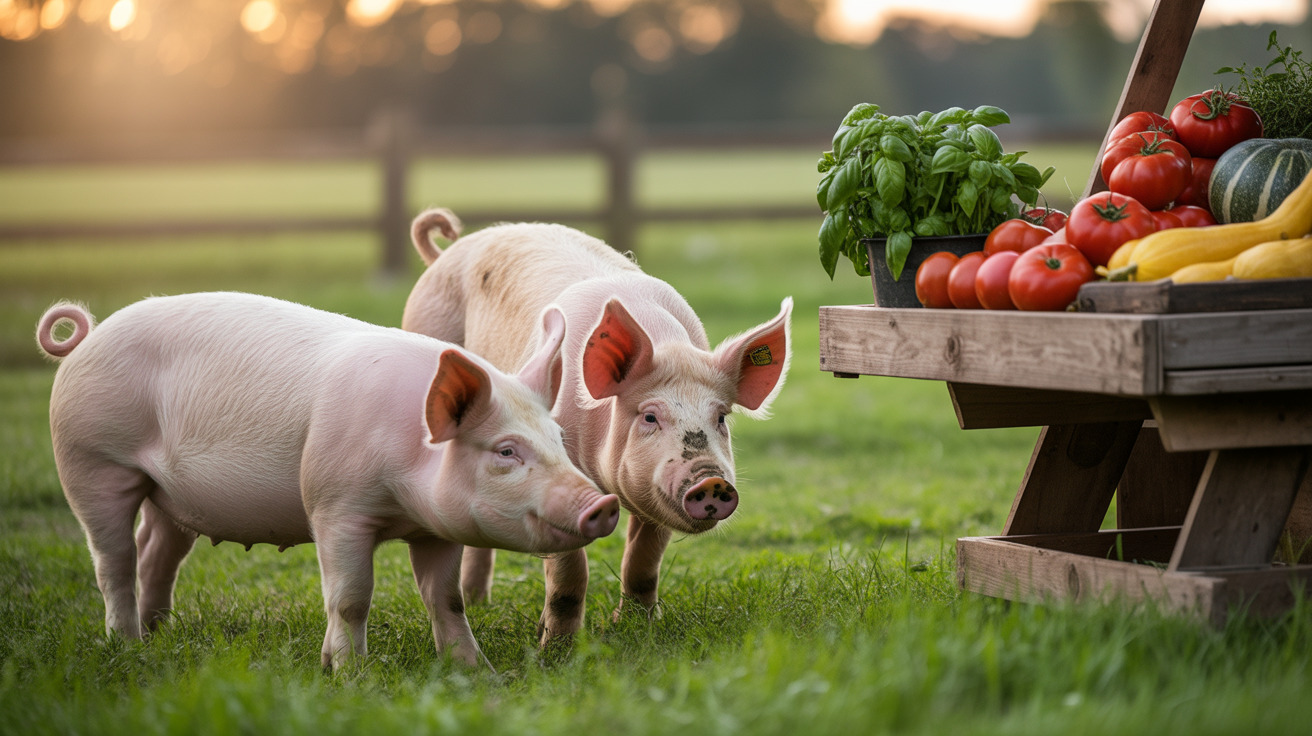What to Know About Mastiff Puppies
Mastiff puppies are adorable, massive, and dignified, but raising one requires understanding their unique needs. This guide provides an in-depth look at what you should know before bringing home a Mastiff puppy.
1. Ancient Heritage and Breed Traits
The Mastiff, also known as the English or Old English Mastiff, is among the oldest and largest dog breeds. These dogs have a rich history, tracing back thousands of years in Asia, Europe, and the Middle East. They were revered as war dogs, protectors, and working companions. Adult males can weigh between 160–230 pounds, while females typically weigh 120–170 pounds. Their physical traits include:
- Large, heavy-boned frame
- Broad, wrinkled head with expressive eyes
- Short, dense coat in fawn, apricot, or brindle with a black facial mask
2. Temperament and Personality
Mastiffs are affectionately known as "gentle giants". Despite their towering size, they are:
- Calm and patient
- Loyal and protective of their families
- Quiet and watchful, rarely barking unnecessarily
They bond closely with family members and are generally good with children, though supervision is crucial, especially with smaller kids.
3. Early Training and Socialization
Training should begin in puppyhood, focusing on positive reinforcement and boundary-setting. These intelligent dogs require guidance, or they may become stubborn. Key training tips include:
- Introduce basic commands (sit, stay, come) early
- Crate training can help with housebreaking and safety
- Gentle socialization with people, animals, and new environments is critical
4. Health and Veterinary Care
Mastiffs face several health challenges due to their size and genetics. Responsible breeders perform health screenings. Common conditions include:
- Hip and elbow dysplasia: arthritis and movement issues
- Gastric Dilatation and Volvulus (bloat): a life-threatening emergency requiring prompt vet care
- Bone cancer (osteosarcoma): often affects the limbs in older dogs
- Eye issues: entropion, ectropion, cataracts
- Heart conditions: cardiomyopathy, congenital defects
- Neurological disorders: epilepsy and degenerative myelopathy
- Skin allergies and hypothyroidism
- Urinary stones: pain and urinary complications
Routine vet visits, vaccinations, deworming, and preventive medications are essential. Supplements like glucosamine and omega-3s help support joint and skin health.
5. Exercise and Physical Activity
While relatively low-energy, daily walks and gentle play help maintain a healthy weight. For puppies:
- Avoid stairs and high-impact play during growth
- Practice short, controlled walks on soft surfaces
- Monitor for excessive tiredness or lameness
Adult Mastiffs transition well to a laid-back lifestyle but need consistent, moderate activity.
6. Grooming and Maintenance
Grooming a Mastiff is relatively easy but requires regular attention:
- Weekly brushing with a rubber curry brush to reduce shedding
- Facial wrinkle cleaning to prevent skin infections
- Nail trimming, ear cleaning, and tooth brushing should be routine
- Drool management: Keep towels handy, especially after eating or drinking
7. Nutrition and Feeding
Feeding a Mastiff puppy involves balance to avoid rapid growth, which can stress joints:
- Feed high-quality dog food for large breeds
- Opt for moderate protein and energy levels
- Divide meals into 2–3 smaller feedings per day
- Avoid elevated feeding bowls to reduce bloat risk
8. Commitment and Space Requirements
Owning a Mastiff puppy requires commitment in terms of space, time, and resources. Due to their size:
- They need ample indoor space to move safely
- Supervision is essential around children and guests
- Training is not optional; it's crucial for safe cohabitation
Conclusion
Bringing home a Mastiff puppy can be a rewarding experience filled with companionship and loyalty. Understanding their needs helps ensure they grow into healthy, well-adjusted guardians. Early training, appropriate care, and attentiveness can prepare you for a truly magnificent bond with your gentle giant.





